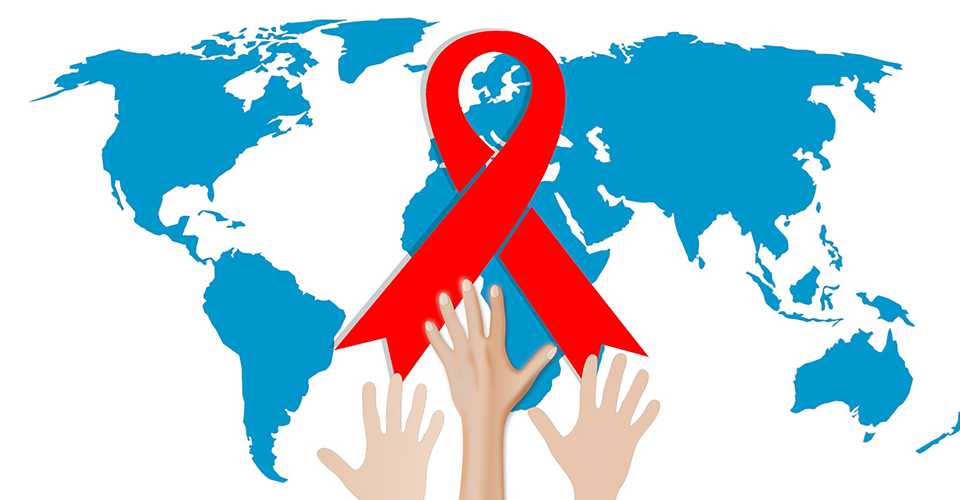A presentation on HIV prevention education and resources by David McCartney, M.P.H., of Canton City Public Health marked a great start to the NEOMED Medical Student Pride Alliance's (formerly Q Club) new seminar series focused on LGBTQ+ health education.
It is no secret that medical education does not cover LGBTQ+ health in depth. This may be due to logistical issues of an already dense curriculum or for reasons of stigma towards the topic. If included, it is often superficial (i.e., providing statistics on HIV rates in men who have sex with men but omitting the social context). McCartney's seminar, given on Monday, Nov. 25, was excellent because it gave the students in attendance information we have never seen before.
McCartney presented information on PrEP, PAPI, and HIV in general. PrEP stands for pre-exposure prophylaxis – a pill (Truvada or Descovy), taken once daily to prevent HIV infection. PAPI stands for Prevention Assistance Program Interventions.
Personally, I was already familiar with PrEP and the good it has brought in preventing HIV, along with the controversies surrounding it (i.e., Gilead's study designs and the Descovy delay). But this is not the case for many providers. McCartney highlighted a grim fact: PrEP, a drug that has over a 90% success rate of preventing HIV infection, is not known by many health care providers, especially here in Northeast Ohio. This lack of knowledge establishes an access barrier to those peoples who need it the most. This access barrier is exacerbated by the cost of Truvada alone being $1,800.
It's more than the high cost of medication. Additional tests (HIV/STI and Kidney function tests every three months) must accompany taking it, which can add to the total cost. It was helpful that McCartney highlighted ways to supplement the payment to the physician, since insurance does not always cover the drug; and if it does, it may not cover much of the total cost.
McCartney explained that one solution is PAPI, an initiative in Ohio to cover the costs of these medications, office visits, and lab tests to those who qualify in the state of Ohio. (To learn more, visit the Ohio Department of Health’s Prevention Assistance Program Interventions page.) This program is an essential step in breaking this access barrier.
Although there are many providers today who are unaware of in terms of HIV prevention and those resources available, McCartney told us how we can help: Be knowledgeable and be an advocate.
He suggested that we inform our teachers of our additional knowledge about HIV prevention during rotations, in residency, and in our classrooms. If we, the future of medicine, stay up to date and advocate for those in need – extending beyond just any one demographic – we can help break the barriers to health.
—Nicholas Osborne, a second-year College of Medicine student, contributed this reflection.
